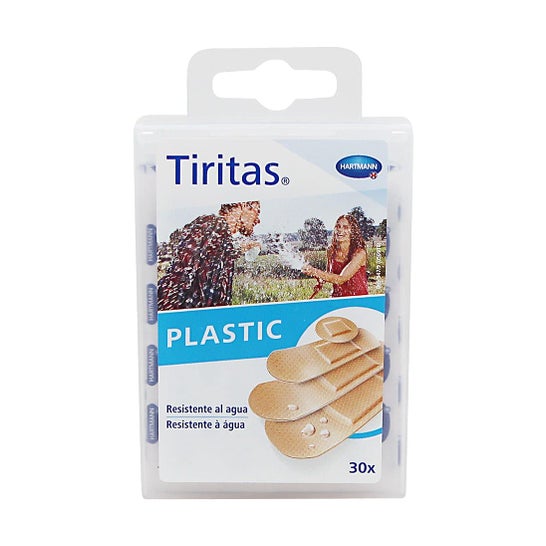......
Anonymous A.
After you get a cut, scrape or abrasion, your skin may start to bleed. This happens because the injury breaks or tears the tiny blood vessels or capillaries beneath the surface of the skin.
Combined plastic plasters are round strips for covering small wounds and visible places such as the face. Their adhesive is hypoallergenic and they are ideal to have always at hand, in the kitchen or in the bathroom drawer.
Thanks to their design they are water resistant and protect from dirt. They do not stick to the wound and do not peel off in contact with water. They are also well tolerated by delicate skin.
Contains dressings in strips of different lengths and widths. In the same box you will find four different shapes and sizes.
*Breathable.
protect your wounds!

